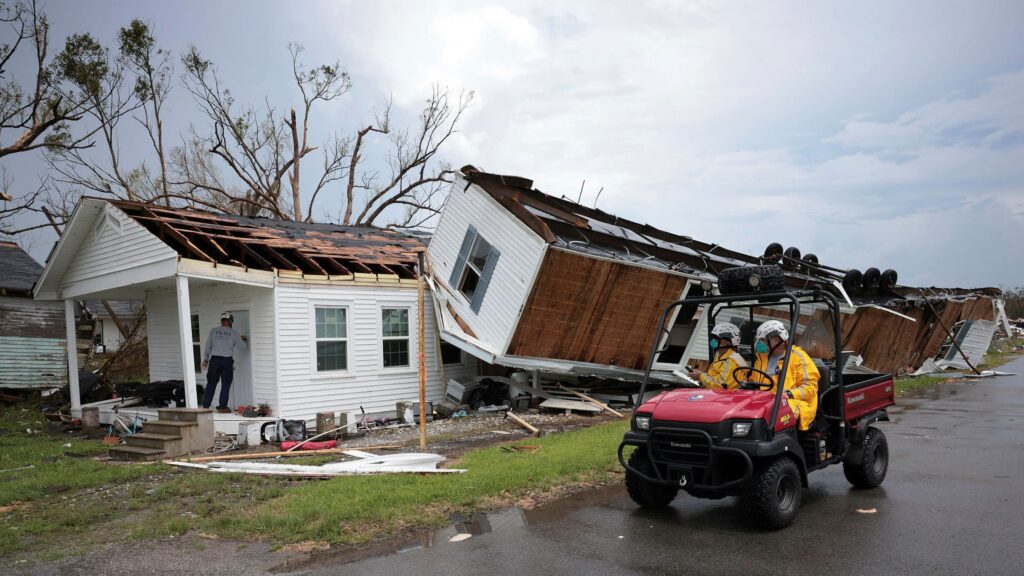Reinsurers underplay climate risk by up to half, S&P estimates


Climate change updates
Sign up to myFT Daily Digest to be the first to know about Climate change news.
Reinsurers could be underestimating their exposure to natural catastrophes by as much as 50 per cent, according to a new report that lays bare the potential threat to these groups’ profits and capital from a worsening climate.
S&P Global Ratings said that its “simple stress scenario”, published on Thursday and based on three decades of claims data, suggested reinsurers — which cover losses for primary insurers — are underplaying their potential exposure to natural catastrophes by between 33 per cent and 50 per cent.
Dennis Sugrue, S&P’s global environment, social and governance lead for insurance ratings, pointed to the three years between 1990 and 2020 when the insurance industry had to pay out about $150bn in natural catastrophe-related claims — a greater frequency than many industry estimates assumed, he said.
“If this scenario that we’ve created is what the future might look like . . . then what companies are modelling as a one in 20 or one in 30-year event is probably more likely to be a one in 10-year event,” he told the Financial Times.
The report highlighted the “inherent difficulties in attributing extreme events to climate change [which] create the risk that climate change may not be fully reflected in catastrophe modelling, particularly in the short term”.
The insurance sector is bracing for a painful year from natural catastrophes, with reinsurers identifying extreme weather caused by climate change as a major factor. US winter storms and wildfires made for the worst first half for expected losses in a decade, at $40bn, followed by severe floods in Europe and then the tens of billions of dollars of losses caused by Hurricane Ida, mostly in the US.
If its scenario played out, there would be “significant potential for volatility in earnings and capital”, S&P said, with the losses — and increased capital needing to be held against the risk — wiping out at least four-fifths of reinsurers’ excess capital above its required level for a double A rating. It added that the industry’s ability to raise prices to offset climate change risk “may not be sufficient or responsive enough”.
But the agency said the experience was not its base case for calculating ratings. Instead, it hopes the findings will “provide us with a starting point for a dialogue . . . about [reinsurers’] modelling assumptions”, and would encourage “an even greater focus on the short-term impact of climate change”.
Investors are highly focused on this volatility. A recent survey of insurance investors by Bank of America found that almost 60 per cent said less predictable claim costs in property and casualty insurance were the major climate risk to the sector.
In a report in February, Fitch Ratings said that the rising severity and frequency of natural catastrophe claims — driven by factors such as increasing wealth and climate change — would mean that insurers and reinsurers would need to have to provide “more and more capital” to cover the same amounts of risk exposure. Some clients may be unwilling or unable to pay the resultant higher prices, it said.
“One answer could be the gradual withdrawal from insuring [natural catastrophe] risks, triggering the need for state intervention,” Fitch added.